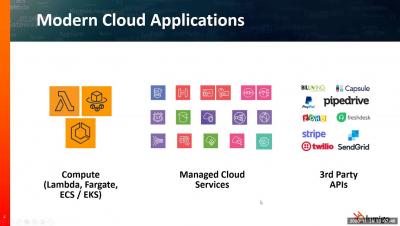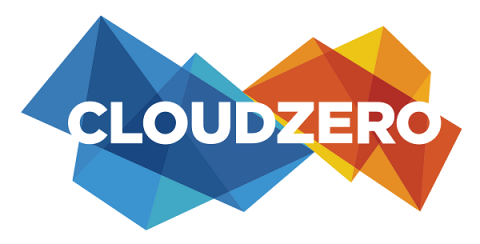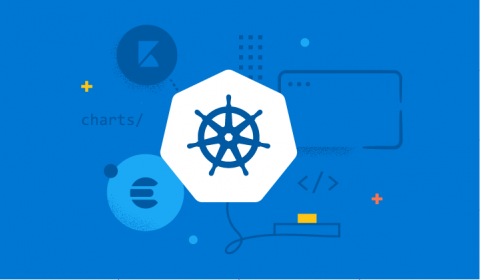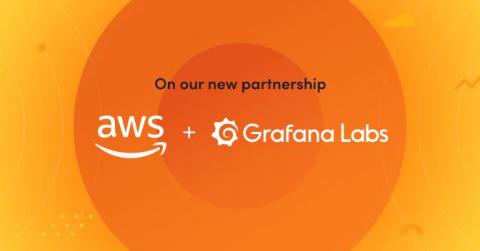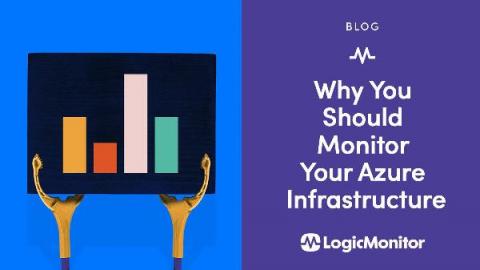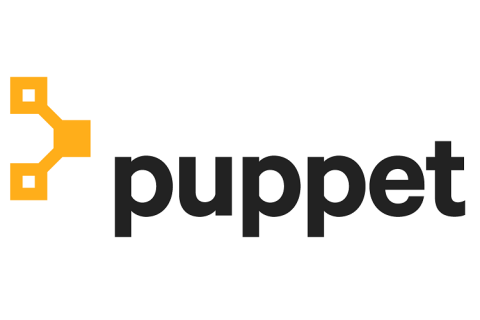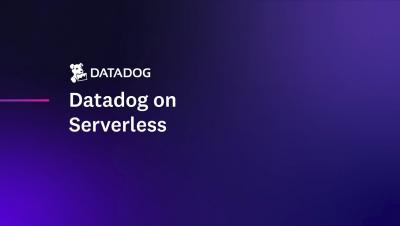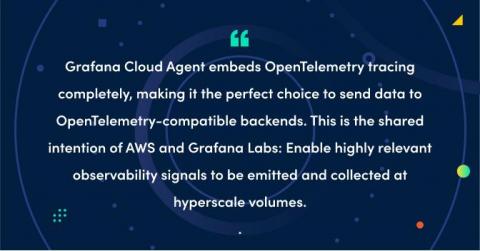Operations | Monitoring | ITSM | DevOps | Cloud
Cloud
The latest News and Information on Cloud monitoring, security and related technologies.
Cloud Cost Optimization & DevOps
Cost per Tenant: A Key Part of the AWS Well-Architected Strategy SaaS Lens
Multi-tenancy is one of the key properties of any effective SaaS solution. It gives companies the economies of scale, elasticity, and operational efficiency to offer competitive products with strong margins. However, multi-tenancy has a tradeoff: cost visibility. Because customers share AWS resources in multi-tenant architecture, the billing data shows the resources you’ve utilized, but not by who or to do what. It’s possible to build this kind of visibility in.
Elastic Cloud on Kubernetes is now a Red Hat OpenShift Certified Operator
We are delighted to announce that Elastic Cloud on Kubernetes (ECK), the official Elastic Operator, is now a Red Hat OpenShift Certified Operator. The operator helps make it easier to deploy and automate Elasticsearch, Kibana, APM Server, Beats, and Enterprise Search in your OpenShift environment.
Our new partnership with AWS gives Grafana users more options
At AWS re:Invent today, Dr. Werner Vogels, VP and CTO of Amazon.com, announced a partnership between AWS and Grafana Labs, resulting in the Amazon Managed Service for Grafana, a scalable managed offering that provides AWS customers a native way to run Grafana directly within AWS alongside all their other AWS services. We’d like to give a big thanks to the whole Grafana community. Not only have they inspired us with so many great use cases, but they help us build better software every day.
Why You Should Monitor Your Azure Infrastructure
Microsoft Azure and Microsoft, in general, has a history of being seen as designed for big enterprises only. Those days are in the past. Azure is working its way to the front of the pack for cloud services. It is easy to transition your workflows to Azure because it connects well with other Microsoft tools you use. Even though it is a smoother transition, it is just as complex and complicated as other large cloud providers.
Cohort 7 StartupTalks with Cloudhedge Technologies by #NetAppExcellerator
How to Remediate Unencrypted S3 buckets
Cloud environments are always susceptible to security issues. A significant contributor to this problem is misconfigured resources. Traditional IT Infrastructure was somewhat static; server hardware only changed every few years. With few changes occurring, security was also more static. The modern cloud environment is a much different challenge. In cloud environments, servers, services, and storage are created with automation, resulting in a dynamic and potentially ever-changing server environment.
Datadog on Serverless
AWS and Grafana Labs are working together on cloud native observability
Cloud native observability is at a watershed moment. The explosion of microservices has created previously unseen amounts of monitoring data, limiting the ability of humans and computer systems to extract meaning from data with last-generation tools. Debugging is often a process of detecting correlation, and then turning correlations into causal connections. This is where modern cloud native tooling comes in.


